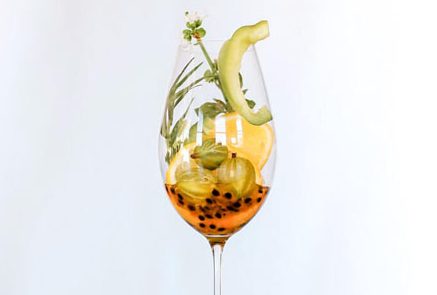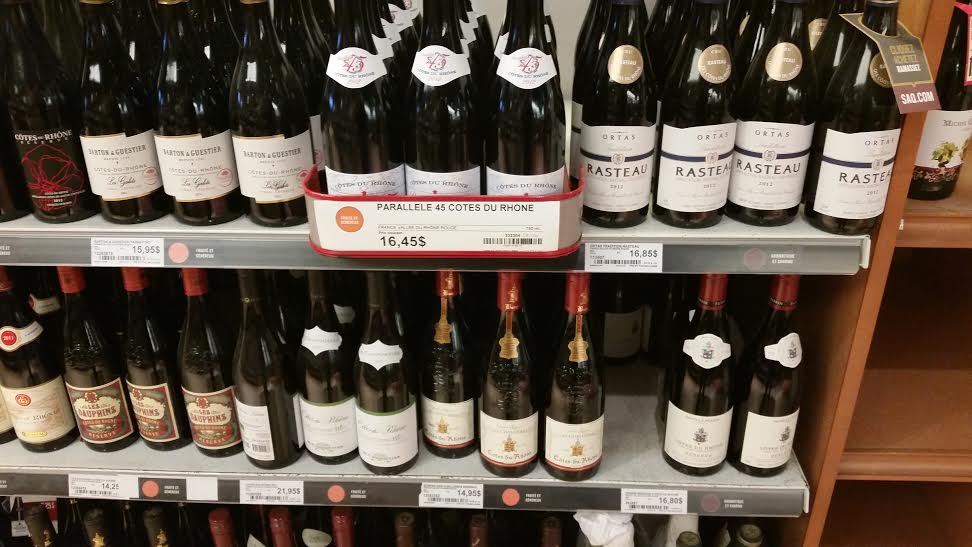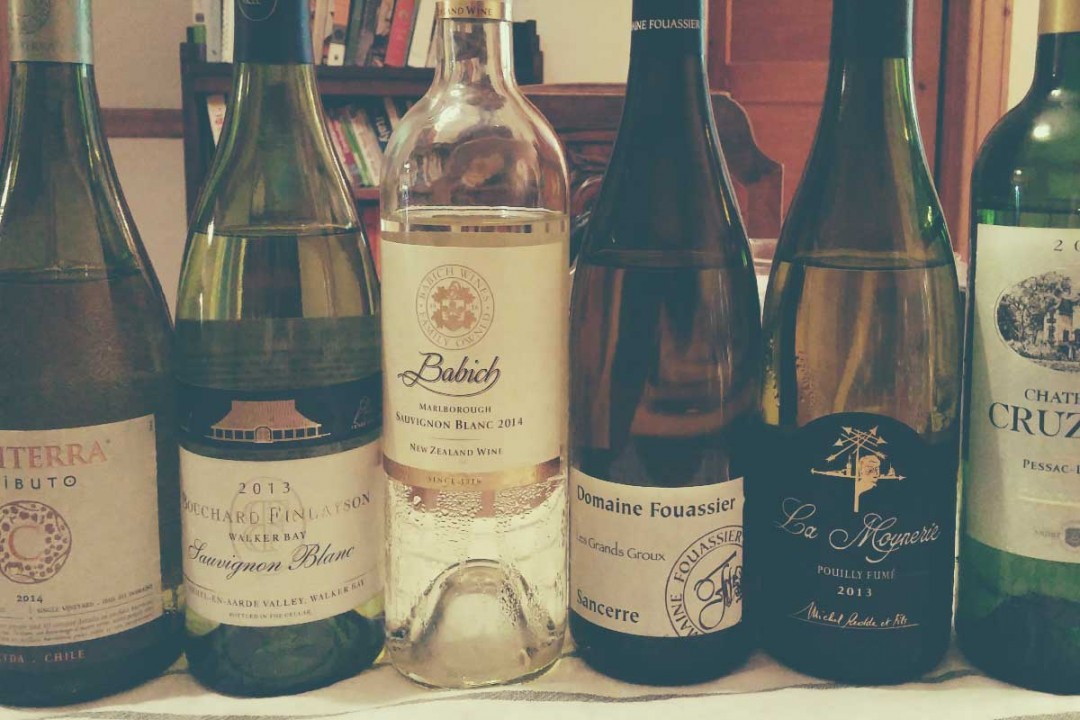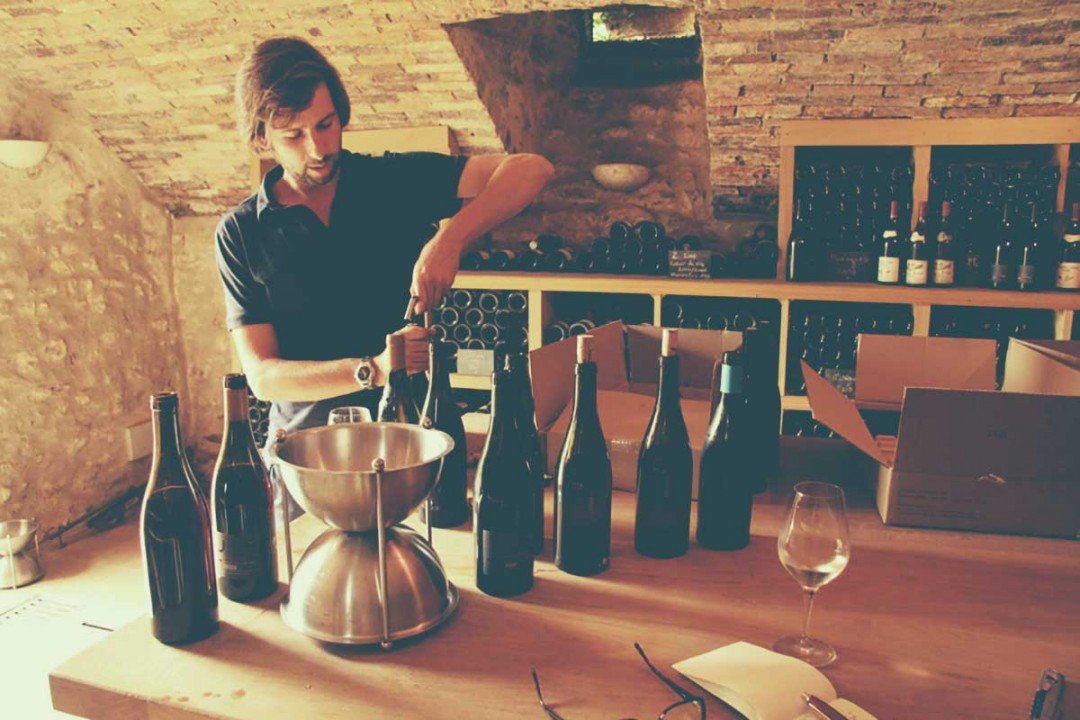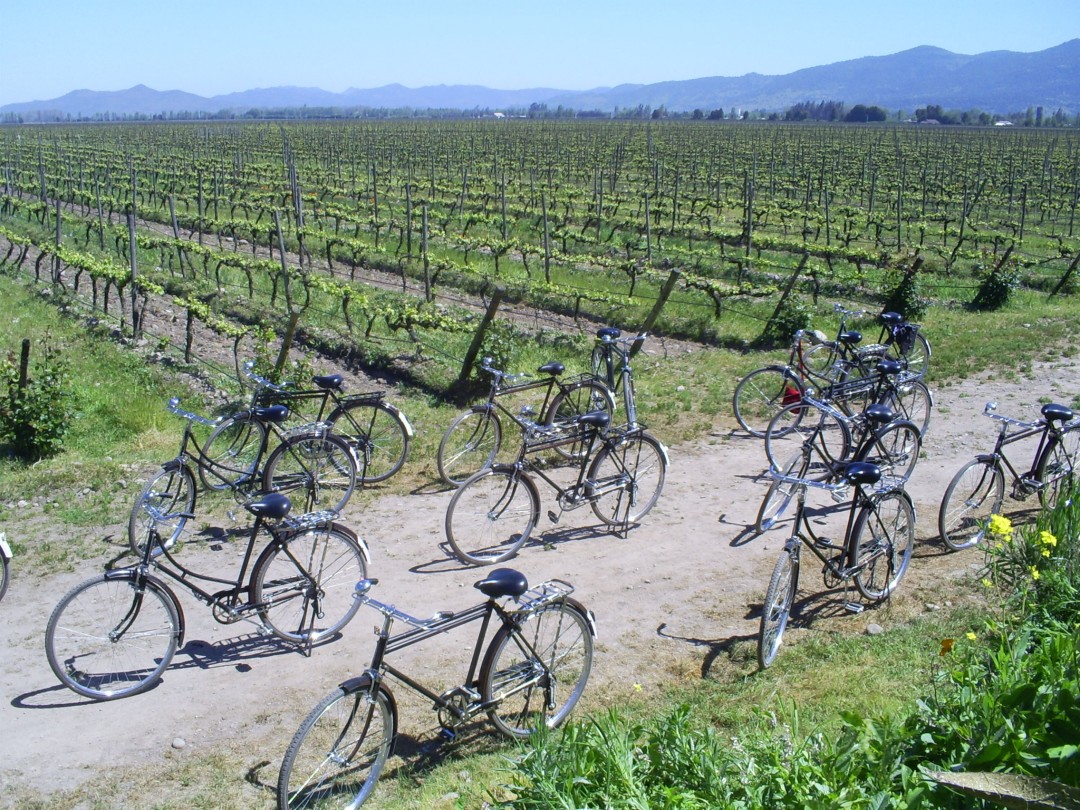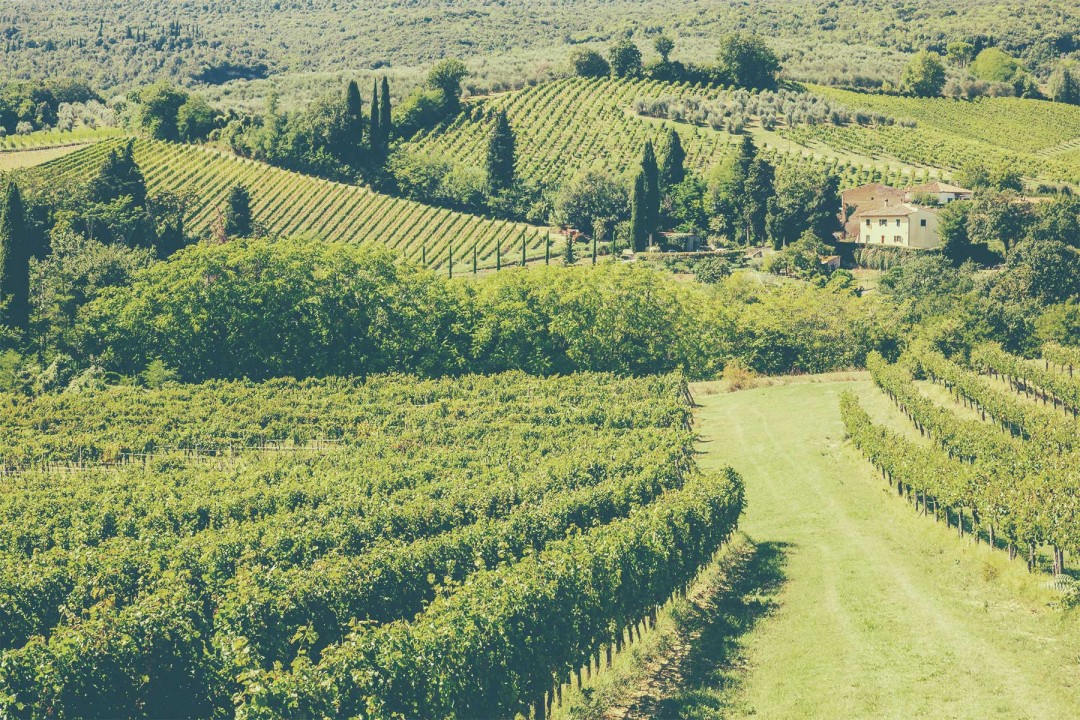Photo credit: nzwine.com
Sauvignon Blanc wines can be found on virtually every retail shelf and wine list around the globe. This is hardly surprising, given that Sauvignon Blanc is the third most planted white grape variety world-wide. Different theories exist, but most experts agree that it hails from the Loire Valley in France.
Fun fact about Sauvignon Blanc, it is actually one of the parent grapes of Cabernet Sauvignon.
***Side note: I have also made this post into a YouTube video. To watch, just scroll down to the bottom & click play. If you enjoy the video, consider subscribing to my YouTube channel so you never miss an episode of my weekly wine education series.
So, how does it taste?
Sauvignon Blanc wines are generally high in acidity, dry, and fairly light bodied, with moderate alcohol; the very definition of thirst quenching. Sauvignon Blanc wines feature citrus fruits, gooseberries, fresh cut grass, and wet stone notes in cool areas. In warmer climates, riper and more intense flavours of passion fruit, guava, or peach are common. Sauvignon Blanc wines can also have some surprising aromatics…like sweat or cat pee. This may sound off putting, but mingled with Sauvignon’s fruity and vegetal flavour palate, the combination somehow works.
Where does the best Sauvignon Blanc come from?
Pretty much every wine producing country makes Sauvignon Blanc wines, and many produce outstanding examples. Some of the best known growing areas for high quality Sauvignon Blanc include:
France
The Loire Valley is quite a cool climate, revered for its elegant, restrained style of Sauvignon Blanc. Common features include piercing acidity, a lean, taut structure, and mineral-laden aromatics. Loire Sauvignon Blanc wines are rarely aged in new oak and tend to be bone-dry. Sancerre and Pouilly Fumé are the most famous Loire Valley Sauvignon Blanc vineyard areas.
Sauvignon Blanc is also a major grape in Bordeaux, but here, it is often blended with another white wine grape: Sémillon. There are two major styles of dry Sauvignon Blanc wines in Bordeaux: one fairly simple, crisp, and light-bodied – notable appellations include Bordeaux and the Entre-Deux-Mers. The second style is much richer and weightier with toasty, vanilla flavours from extended ageing in oak barrels. The best of these more opulent wines come from the Pessac-Léognan appellation in the Graves area south of Bordeaux. Sauvignon Blanc is also an important blending component for the sweet, botrytised wines of Sauternes, but that is a topic for another post.
Finally, the Côtes de Gascogne appellation in the South West of France makes zesty, light, grassy Sauvignon Blanc that is often great value.
New Zealand
The majority of New Zealand Sauvignon Blanc wines come from the Marlborough region on the country’s South Island. Cooling sea breezes allow for excellent acid retention in this otherwise warm, sunny climate. This makes for Sauvignon Blanc that has really refreshing, mouthwatering acidity but also very ripe, fruity flavours. Marlborough Sauvignon Blanc wines are known for their pungent grassy aromas. They have a touch more body than Loire Sauvignon Blanc wines, giving a rounder, smoother texture. Marlborough Sauvignon Blanc is generally unoaked, but some really interesting, flinty, lightly oaked premium Sauvignon Blanc wines are also being made.
Australia
Two regions making particularly exciting Sauvignon Blanc wines in Australia are Margaret River and the Adelaide Hills.
Margaret River, in Western Australia, often blends Sauvignon Blanc with Sémillon. The wines range from quite lean and unoaked to medium bodied and lightly oaked. They have crisp acidity and intriguing flavours, marrying vegetal, asparagus or green bean type notes, with tart gooseberry and citrus nuances, and intense lemon curd and passion fruit flavours.
Sauvignon Blanc generally performs a solo act in the Adelaide Hills region of South Australia. It is usually unoaked here, with lots of bright citrus, peach, guava type aromas. It is light, refreshing, smooth and dry.
California
Sauvignon Blanc wines are produced at all price points and quality levels in California. The most famous style is the Fumé Blanc, especially from the Napa Valley. The term Fumé Blanc was coined by legendary Napa winemaker Robert Mondavi, to indicate a dry, oaked, smoky scented style of Sauvignon Blanc. Stylistically, these Sauvignon Blanc wines are similar to Margaret River and Bordeaux oaked Sauvignons – with a weightier mouthfeel, more overt, ripe fruit, and pronounced toasty, vanilla oak flavours.
Other Rising Stars
South Africa and Chile also make fantastic Sauvignon Blanc wines in a range of styles. Higher acid, more mineral-driven, restrained wines can be found in Leyda, Chile or Elim and Elgin in South Africa. For riper, richer, fruitier Sauvignon Blanc wines look to the Casablanca Valley in Chile, and the Coastal Region districts of Constantia, Stellenbosch and Paarl in South Africa.
How should I drink Sauvignon Blanc?
Sauvignon Blanc is best served chilled, with light-bodied, unoaked wines at 8 – 10°C and fuller bodied, richer SB at 10 – 12°C.
For me, the ultimate food partner for Sauvignon Blanc is a goat cheese. If you ever visit the town of Sancerre, you will be served the local Sauvignon Blanc wines with crottin de Chavignol goat cheese. The pairing is divine! Sauvignon Blanc wines also work nicely with grilled white fish, oysters, green salads with lemony vinaigrettes, and asparagus…a notoriously tricky vegetable to pair with wine.

